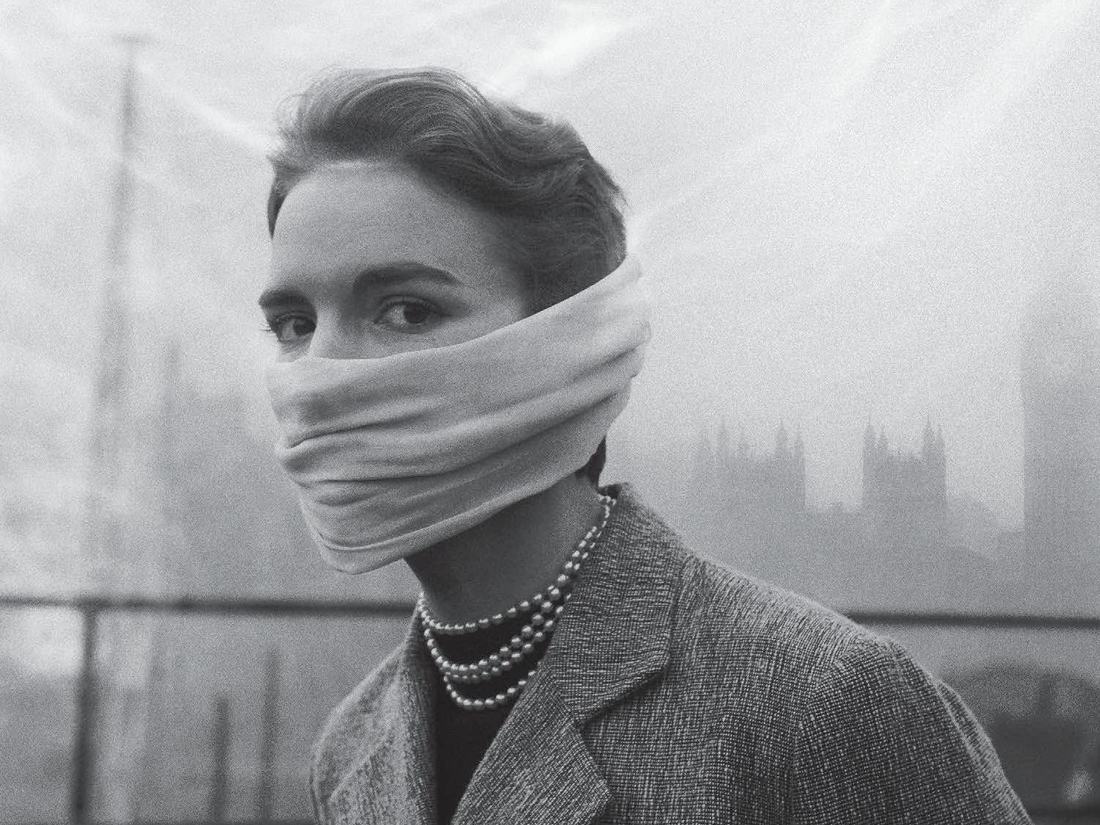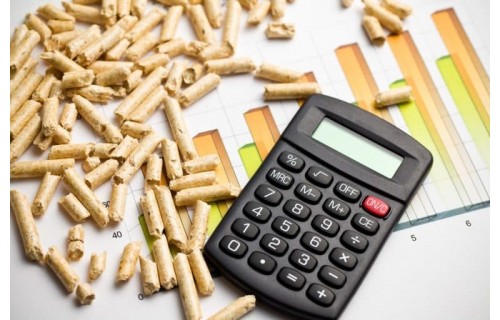Pellet a węgiel. Wielki smog. Siedemdziesiąt lat temu Londyn prawie się udusił

Wielki smog. Siedemdziesiąt lat temu Londyn prawie
się udusił
W 2022 roku środowisko ekologiczne będzie wspominać 70 rocznicę
słynnego „Wielkiego Smogu londyńskiego”, który wydarzył się w Londynie w dniach
5-9 grudnia 1952 roku i pochłonął życie co najmniej 12 tysięcy osób, kolejne
100 tysięcy nabawiło się chorób przewlekłych… Przyczyną katastrofy nie była
zwykła angielska mgła, a ogrzewanie domów drewnem i węglem.

Przypomnijmy, że na początku grudnia 1952 roku nad Londynem opadła zimna mgła. Ze względu na wyjątkowo niską temperaturę mieszkańcy zaczęli zużywać węgla do ogrzewania więcej niż zwykle. Mniej więcej w tym samym czasie zakończono proces zastępowania miejskiego transportu elektrycznego (tramwajów) autobusami z silnikami diesla, które wówczas nie były wyposażone ani w filtry cząstek stałych, ani w katalizatory spalin. Produkty spalania w powietrzu osiągnęły niezwykłe stężenie w ciągu kilku dni. Mgła była tak gęsta, że utrudniała ruch samochodów. Niektórzy mieszczanie po opuszczeniu domu nie mogli znaleźć drogi powrotnej. Początkowo reakcja mieszkańców była spokojna, ponieważ mgły nie są rzadkością w Londynie. Ale w czasach „wielkiego smogu” londyńskie szpitale szybko zapełniły się ofiarami chorób układu oddechowego, a śmiertelność w mieście zaczęła rosnąć. Początkowo fakty te nie nagłośniono, ale po kilku dniach okazało się, że zakładom pogrzebowym skończyły się trumny.

Ludzie zmienili swoje nastawienie do zanieczyszczenia powietrza. Katastrofa uświadomiła światu, że problem ten stanowi bezpośrednie zagrożenie dla życia ludzkiego. Przyjęto nowe normy środowiskowe ograniczające stosowanie ‘brudnych’ paliw w przemyśle i zakazujące emisji spalin zawierających sadzę. W 1956 roku uchwalono pierwszą „Ustawę o czystym powietrzu”, nakazującą stosowanie paliwa bezdymnego, zwłaszcza na obszarach gęsto zaludnionych.

Jakie jest niebezpieczeństwo ogrzewania węglem i
drewnem
Problem nieekologicznego
ogrzewania pozostaje aktualny w XXI wieku. Według Światowej Organizacji Zdrowia
WHO około trzech milionów ludzi umiera każdego roku właśnie dlatego, że ogrzewają
węglem lub mieszkają obok takich bloków.
Innym problemem ogrzewania węglem i drewnem jest zwiększone zagrożenie
pożarowe. Pożary „piecowe” są trzecim najczęstszym po nieostrożności
obchodzeniu się z ogniem. Koniecznie jest stworzenie dodatkowych bodźców
administracyjnych i ekonomicznych, aby jak najszybciej pozbyć się szkodliwych
skutków piecowego ogrzewania kraju.
Ogrzewanie pelletem jako alternatywa
Przede wszystkim eksperci
zalecają wymianę drewna opałowego i węgla na pelety. Mówiąc najprościej, są to
sprasowane i wysuszone granulki lub „pałeczki”, a nawet całe „kłody” wykonane z
najróżniejszych surowców – od trocin i wiórów po łuski zbóż, trzciny i torf.
- Pellet wykonany jest z
bezpiecznych i przyjaznych dla środowiska materiałów, które nie szkodzą
zdrowiu.
- Ogrzewanie pelletem ma
dobre właściwości bezpieczeństwa. Granulowane paliwo z surowców naturalnych.
- W większości
przypadków ogrzewanie pelletem wyróżnia się niską zawartością popiołu (są
wyjątki np. w przypadku pelletu torfowego).
- W przypadku
stosowania pelletu istnieje możliwość wykorzystania popiołu w przyszłości.
- Ogrzewanie
budynku prywatnego lub podmiejskiego peletami granulowanymi nie wymaga
pozwolenia na podłączenie (w przeciwieństwie do opcji zasilanych gazem).
- Do
przechowywania pelletu nie ma potrzeby wydzielania oddzielnego budynku –
wystarczy wybrać suche pomieszczenie.
- Kotły na
pellet charakteryzują się wysoką sprawnością.
- W większości
przypadków podczas spalania pelet nie wydziela zapachów.
- Pellet posiada wysoką kaloryczność.
- Kotły
pracujące na takim biopaliwie są bardzo wygodne w użyciu – człowiek musi
uczestniczyć w ich pracy nie częściej niż raz w tygodniu, ponieważ wszystkie
procesy są przeprowadzane automatycznie.





